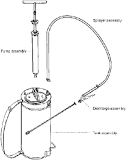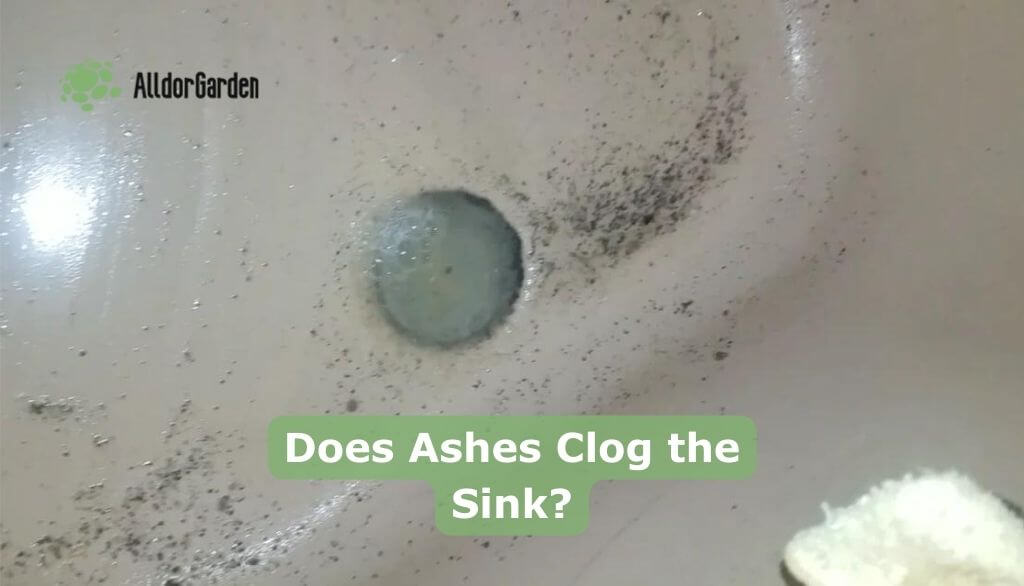When it comes to the question of whether spray foam is toxic, the answer is a bit of a mixed bag. While some types of spray foam insulation can pose health risks during installation, properly cured and installed spray foam is generally considered safe. However, there are important nuances to consider.
Understanding Spray Foam Insulation
Spray foam insulation is made from a combination of chemicals, primarily isocyanates and polyols. These components react to create a foam that expands and hardens, providing excellent insulation. But here’s where it gets tricky:
Health Risks During Installation
- Immediate Exposure: During application, uncured spray foam can release harmful volatile organic compounds (VOCs) that may cause respiratory issues, skin irritation, and eye problems. If proper protective equipment (PPE) isn’t used, installers and occupants can experience throat irritation, coughing, and headaches.
- Curing Process: The curing process can take several hours to days, depending on environmental conditions. During this time, off-gassing can occur, which means harmful chemicals are released into the air. Adequate ventilation is crucial during this phase to minimize exposure.
Long-Term Concerns
- Chronic Exposure: For those who work with spray foam regularly, long-term exposure to isocyanates can lead to serious health issues like asthma and other respiratory problems. Sensitization is another concern; once someone becomes sensitized, even small exposures can trigger severe reactions.
- Chemical Composition: Some spray foams contain additional toxic substances like formaldehyde and flame retardants that can accumulate in the body over time and disrupt endocrine functions.
The Safety of Cured Spray Foam
Once fully cured, many manufacturers claim their products are safe for occupants. For instance:
- Icynene® Spray Foam: This type of foam is marketed as non-toxic after just two hours post-application if installed correctly. It’s said to be safe for children and pets once cured.
- Environmental Impact: Some brands tout their eco-friendliness, claiming minimal environmental impact due to reduced energy consumption in homes.
However, it’s essential to ensure that installation follows strict guidelines to avoid any health risks.
FAQ
Is spray foam safe for children and pets?
Yes, as long as the area is well-ventilated and they stay away during the curing process (usually about two hours), it should be safe for children and pets once fully cured.
Can spray foam cause asthma or other breathing problems?
While properly installed spray foam should not cause asthma or breathing issues, improper installation or exposure to uncured foam can lead to respiratory problems. Always ensure professional installation.
How long does it take for spray foam to cure completely?
Curing times can vary based on environmental conditions but typically range from a few hours to several days. Always check with your installer for specific guidance.
What should I do if I suspect improper installation?
If you notice persistent odors or other signs of poor installation (like discoloration or stickiness), contact your installer immediately for an inspection.
In conclusion, while there are valid concerns regarding the toxicity of spray foam insulation during application, following proper safety protocols and ensuring professional installation can mitigate many risks. Always prioritize ventilation during the curing process and consult professionals if you have any doubts about your insulation.







